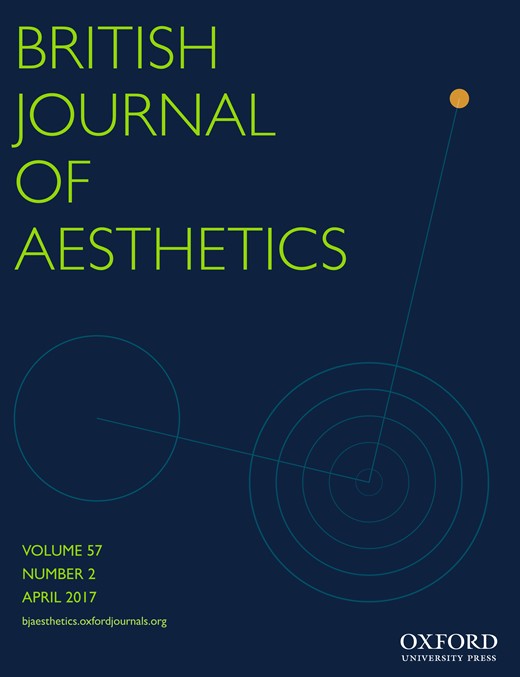-
Views
-
Cite
Cite
Alex King, The Virtue of Subtlety and the Vice of a Heavy Hand, The British Journal of Aesthetics, Volume 57, Issue 2, April 2017, Pages 119–137, https://doi.org/10.1093/aesthj/ayw074
Close - Share Icon Share
Abstract
Subtlety is a concept as deeply intertwined with aesthetic judgements as virtually any other. But it is not clear what makes subtlety a good property of an artwork, or indeed if it is one. In this paper, I explore this under-discussed issue. First, I spend some time setting out hallmarks of subtlety and discussing different ways in which subtlety might be valuable. I then go on to defend a particular view about why subtlety is aesthetically valuable, by thinking through why heavy-handedness is aesthetically bad. In essence, subtlety is valuable because it promotes active engagement with the artwork, and heavy-handedness is bad because it forces us into too passive a role. I connect this to the role of agency and autonomy in artistic experience. Finally, I discuss some related aesthetic concepts, and expand the view of subtlety to cover borderline art forms, nature, and people themselves.




